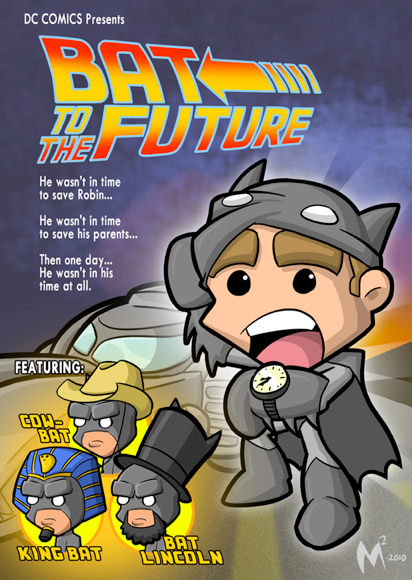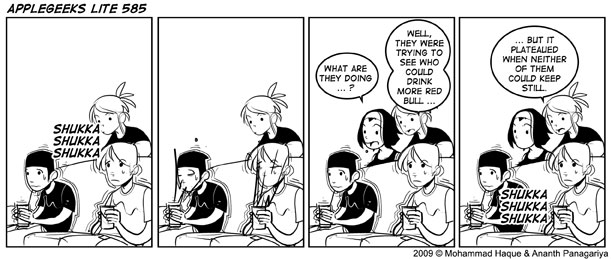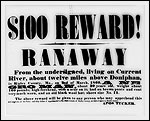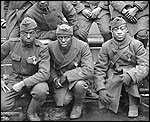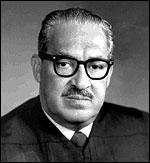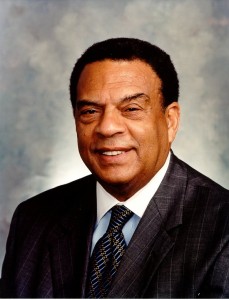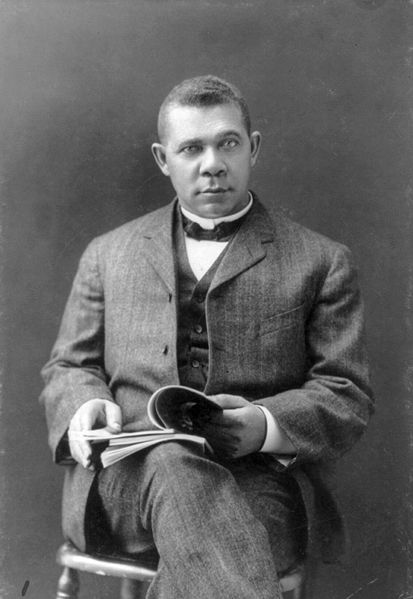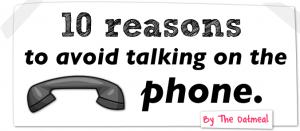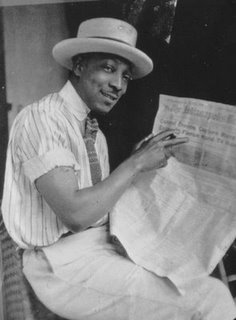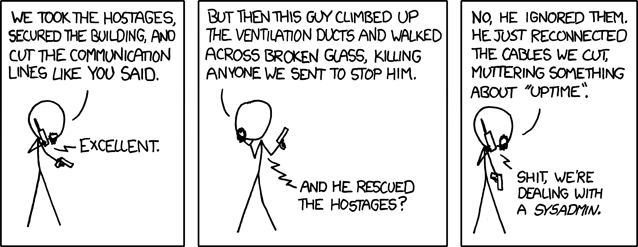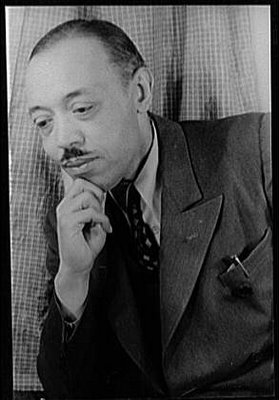Saturday – 20 February 2010
Today has been a good day… and it’s not even all over yet.
The morning started off a little earlier than I had planned – 0830 – with a text message from loonybin88. Correction: That should have been – “The vacationing loonybin88.” He and his wife (and a couple of coworkers and their wives) are either about to board or have already boarded a cruise ship for a week in the western Caribbean. Nice. But, this morning, he sent the following text:
It is 78 degrees and sunny!
🙂
Just thougtht I would share.
My response:
It’s 8:30 on a Saturday. I have no children. I have no tournament today. I got to bed after 2:00. Guess what I was doing.
I’m assuming that it was a multi-recipient text and that – in his… exhuberance… of being on vacation and getting his cruise under way – he neglected to take one tiny (almost insignificant) detail into account: Time zones. He texted me an apology; I told him that it was fine and understandable, but to stop texting and to go have some well-deserved fun! (The man has been busting a serious hump at work; he’s earned this vacation… many times over.)
The morning was kind of lazy. After breakfast, I started work on turning the office into a usable space once again. Oddly, this has had the effect of me making an even larger mess in the name of progress. I interrupted working in the office to go with SaraRules, lj user=”suzie_lightning,” lj user=”everydave”, Mary and Chris to see Shutter Island. Excellent movie… except for some of the editing in “a few” places.









Chew on This: Food for Thought – Black History Month
Today’s profile is of Jean Toomer:

Jean Toomer was an American poet and novelist and an important figure of the Harlem Renaissance.
Born, Nathan Pinchuback Toomer in Washington, D.C., Toomer was of mixed racial and ethnic descent. (His maternal grandfather was Louisiana Governor P. B. S. Pinchback, the first African American to become Governor of a U.S. state.) He spent his childhood attending both all-white and all-black segregated schools. In his early years, Toomer resisted racial classifications and wished to be identified only as an American after going to an all-black school in Washington D.C., then an all-white school in New Rochelle N.Y., then an all-black school in Washington D.C. again. Toomer attended six institutions of higher education between 1914 and 1917, studying agriculture, fitness, biology, sociology, and history, but he never completed a degree. After leaving college, Toomer published some short stories, devoted several months to the study of Eastern philosophies and took a job as a principal in Sparta, Georgia. The segregation Toomer experienced in the South led him to identify more strongly as an African American.
Toomer inherited wonderlust from his parents and grandparents:
“I have lived by turn in Washington, New York, Chicago, and Sparta (Georgia)… I have worked, it seems to me, at everything: selling papers, delivery boy, soda clerk, salesman, shipyard worker, librarian-assistant, physical director, school teacher, grocery clerk, and God knows what all. Neither the universities of Wisconsin or New York gave me what I wanted, so I quit them.”
It was in Chicago that Jean Toomer began to broaden his interest in literature: William Shakespeare, George Santayana, Charles Baudelaire, William Blake, Sherwood Anderson, Leo Tolstoy, and all the major American poets, especially the imagists. Although evidence shows that, in addition to Dante’s Inferno , Toomer was affected by Herman Melville’s Moby Dick to such a degree that he actually compared himself to Ishmael by having “mentally turned failure to triumph.” One of the most prominent literary characters with whom he became enthralled was Victor Hugo’s character Jean Valjean; Toomer claimed he felt “acquainted with … Valjean.”
Three articles, Ghouls (June 15, 1919), Reflections on the Race Riots (August 2, 1919), and Americans and Mary Austin (October 10, 1920), Jean Toomer wrote for The New York Call in 1919 and 1920 represent his background of political and economic thinking. They remain his most militant public statements about racial matters in the United States. In …Race Riots he prophesies movements of the 1960s, and in …Mary Austin he shows a subtle understanding of how American prejudice spilled over lines of race or class identity or political party or regional affiliation.
His southern sojourn as a school principal in Sparta, Georgia (1922) found in him the belief that he had located his ancestral roots (from Toomer’s experience and influence, Sparta was popularized as an ancestral root source by many of the Harlem Renaissance intelligensia; e.g., Zora Neal Hurston and Langston Hughes both traveled there in the summer of 1927). Thus, he began to write poems, stories, and sketches, especially about southern women whose stretch towards self-realization forced them into conflict with American societal moral attitudes. Upon return to Washington, he repeated his efforts, this time focusing on inhibited Negroes in the North. He made friends with Waldo Frank published in the most important journals. The result, for Toomer, was a book, Cane, published in 1923 and included many of the aforementioned short stories and poems.
Toomer found it harder and harder to get published throughout the 1930s and in 1940 moved with his second wife to Doylestown, Pennsylvania where he joined the Religious Society of Friends and began to withdraw from society. Toomer wrote a small amount of fiction and published essays in Quaker publications during this time, but devoted most of his time to serving on Quaker committees. Toomer stopped writing literary works after 1950. He died in 1967 after several years of poor health.
Stray Toasters
Namaste.



